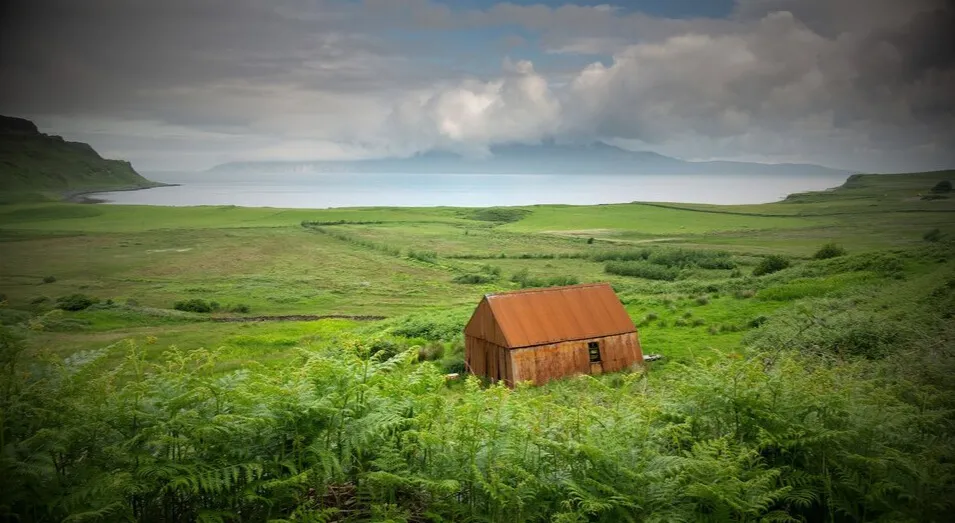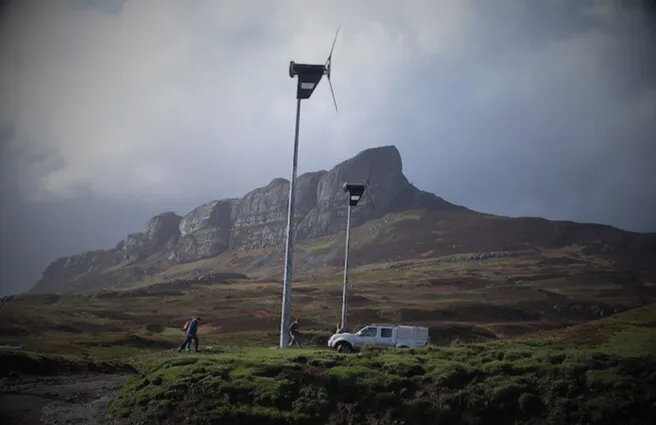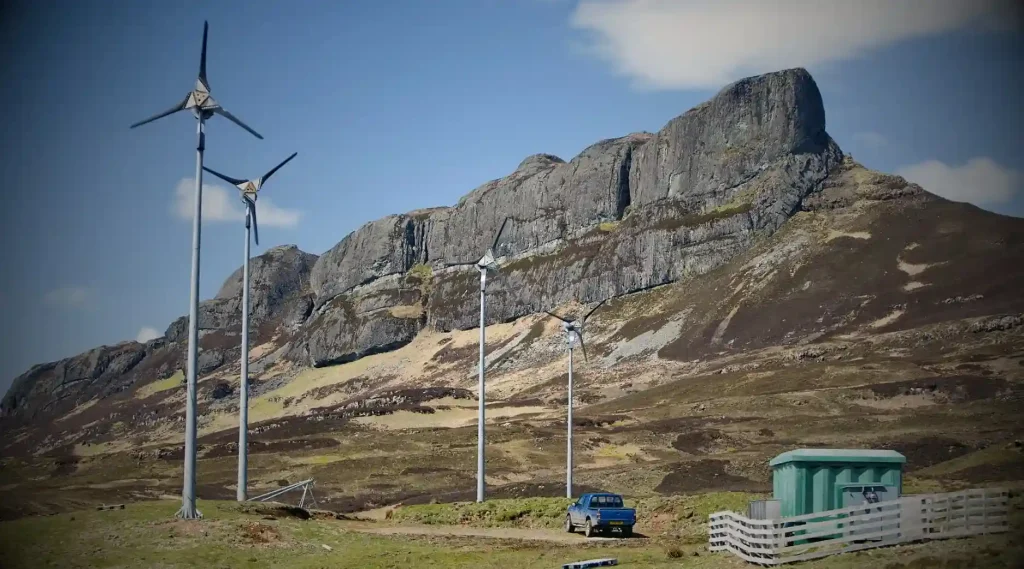A Scottish island that generates its own electricity

The boat was rocking with the waves and anchored along the shore of Egg Island. The earlier people disembarked, the cargo loaded on the boat began to disembark. Meanwhile, one of the rolls of newspapers fell. Before he fell from the boat into the water, one of the boat crew caught him with his foot.
It was just a newspaper to say the least, but even those who were coming to the island for the first time were realizing how important this item was to the people living here.

Egg is actually one of the islands in the Scottish Inner Hebrides, called the ‘Small Isles’. They are 15 miles from central Scotland and are reached by ferry a few days a week.
Only if the weather is good, the essential items reach there. In such a case, the loss of anything is unacceptable.
Norah Barnes, ranger for the Scottish Wildlife Trust at Egg Island, explains that ‘sustainability’ has always been part of the island’s way of life. You become more aware of what you are consuming. You cannot go shopping to buy something on the roadside. Whatever we need, we have to come by boat.’
The islands of Egg, Canna, Sandy, Rum and Muck in the Small Isles have a combined population of 150 to 200 people. Among them, Egg is the second largest and most populated island. Its population consists of 110 people. And that number has created a community that has taken the island’s future into its own hands.

The islanders burn wood to generate heat. Egg is running a sustainable forestry project to help reforest where firewood and timber are exported, says Norah Barnes, ‘creating new tree nurseries where old trees have been cut down. They should be installed there.
Some will be used for fuel and some will be kept for wildlife. These are indigenous trees that are growing.
The population on the island is the highest at this time. Egg does not have the problem of ‘second homes’ like the rest of the islands. That is, second homes owned by people that they rarely use. Instead, it appears that some residents live in temporary accommodation and permanent accommodation is difficult to find.
We’re trying to provide homes for those who live here,” says Maggie Fyfe. We have quite a few people living in temporary accommodation so (the trust) is trying to increase the number of houses available for rent. “Many people are waiting for rental houses to become available,” he added.
However, as infrastructure continues to improve, this increase in demand and growth is a positive sign and thus reduces the risk of depopulation on the island. The wild animals found here are also now returning to the island. “Sea eagles, which became extinct four years ago, have also started returning to the island and their population has been increasing for the past three years.”
